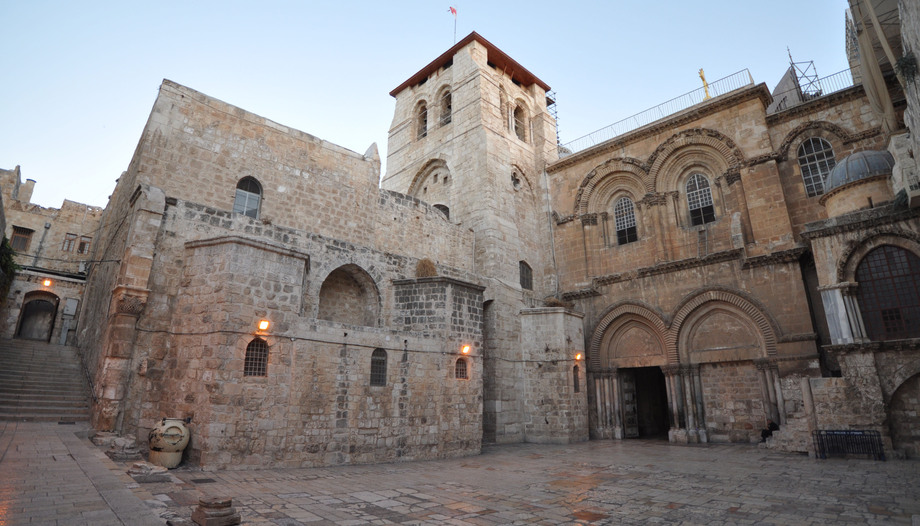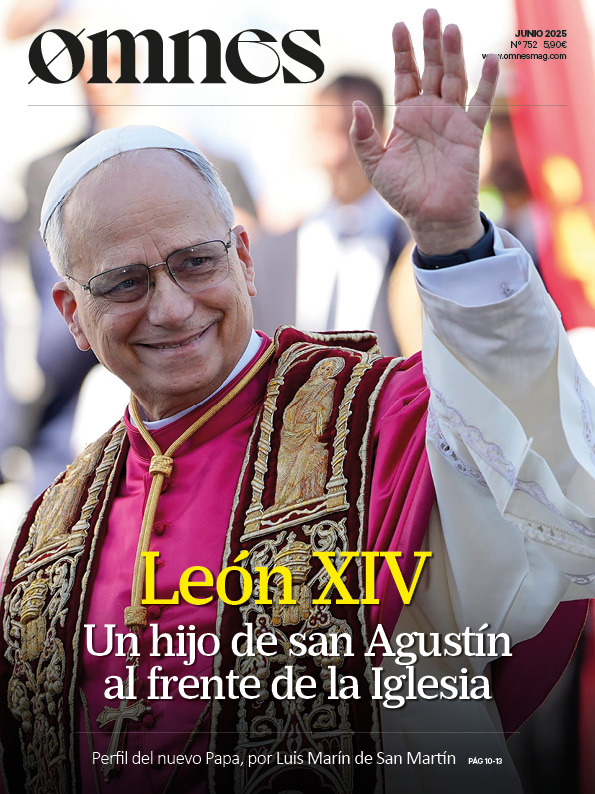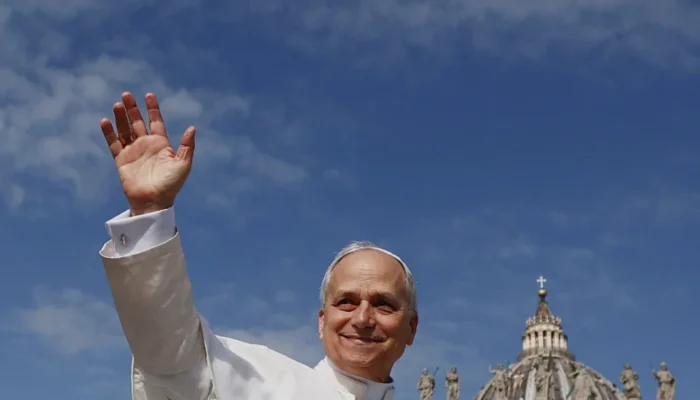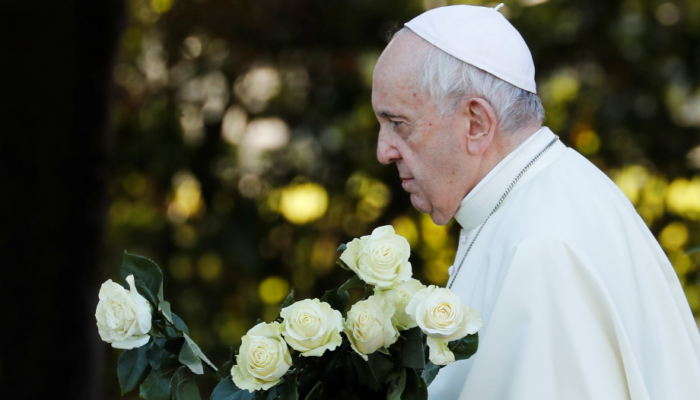In the venerable walls of the Church of the Holy Sepulchre, a team of researchers led by Francesca Romana Stasolla, a professor at the University of Rome and a professor at the University of Rome La Sapienza University of Romehas uncovered the remains of an ancient garden. This extraordinary find sheds new light on the biblical tradition. Stasolla is a member of the Pontifical Roman Academy of Archaeology and of the scientific council of the Italian Center for Early Medieval Studies in Spoleto (CISAM).
The discovery corroborates the Gospel accounts of a garden at the site of Jesus' crucifixion and burial: "There was a garden in the place where they crucified him, and in the garden a new tomb where no one had yet been buried" (Jn 19:41).
The research team also found a circular marble base beneath the aedicule; that is, the sanctuary surrounding the tomb. This could have belonged to the original church of Constantine, attested by ancient sources from the 5th and 6th centuries; scientific investigations have now provided tangible evidence for this hypothesis. In addition, pollen and root remains of olive trees and vines more than 2000 years old were identified in soil samples.
The grounds of the Holy Sepulcher
The history of the land on which the Church of the Holy Sepulchre stands goes back to ancient times. Findings in soil samples, dating back to pre-Christian times, indicate that the area went from being a quarry, at the latest in the 1st century BC, to agricultural land, before finally becoming a burial site. In particular, the remains of olive trees and vines about two thousand years old are consistent with the accounts in the Gospel of St. John. The owner of the garden probably belonged to the upper class, suggesting that Jesus' tomb was in an affluent setting.
In addition to olive trees and vines, scientists discovered the remains of fig trees, cultivated plants typical of the region for millennia. Therefore, in the surroundings of the tomb of Jesus, it is necessary to imagine a green place.
Tradition and restoration
Excavation began in 2022 as part of a restoration project, constituting the first comprehensive renovation of the church since the 19th century. The work had to be approved by the three main church administrations: the Greek Orthodox Patriarchate, the Roman Custody of the Holy Land and the Armenian Patriarchate. A license from the Israel Antiquities Authority was also required. "During the renovation work, the religious communities also permitted archaeological excavations under the ground," Stasolla explains. This site is not only one of the holiest sites in Christianity, but also has great historical and symbolic value.
After the destruction of Jerusalem In 70 A.D., Emperor Hadrian ordered the reconstruction of the city, including the Golgotha area. To curb the growing Christian cult, he had a temple dedicated to Venus built there. Paradoxically, this attempt at eradication had the opposite effect: the Christians preserved the memory of the sacred place in their tradition. When Emperor Constantine elevated Christianity to the preferred religion of the Roman Empire in the 4th century, he initiated large-scale excavations to uncover the tomb of Jesus.
According to tradition, Constantine's mother, Empress Helena, personally traveled to Jerusalem to identify the site. After the demolition of the Temple of Venus, a monumental church was built there by order of Constantine, the precursor of the present-day Church of the Holy Sepulchre.
The history of the building is marked by destruction and reconstruction. Major renovations were carried out, especially during the Crusades. For centuries, a huge slab covered with pilgrims' graffiti remained unnoticed on a wall of the church. Close examination revealed that it was the back of an elaborately crafted 12th century altar.
Historical sources indicate that the Crusaders, during their rule of Jerusalem (1099-1187), made a magnificent decoration for the church. However, after a devastating fire in 1808, the altar was considered destroyed. It has now been discovered that it was hidden in the church during this time. This discovery provides valuable information about the medieval design of the Church of the Holy Sepulchre and the religious life of the Crusaders. Experts are currently working to reconstruct the original location of the altar in the church.
Use of technology
Of particular note is the discovery of a previously inaccessible subway chamber. Ancient pilgrims' accounts mention a cavity under the church, and now researchers confirm the existence of an unexplored structure. Its exact nature - natural cave, ancient tomb or early Christian architecture - remains unclear for the moment.
"Modern technology makes it possible to obtain an unprecedented insight into the history of the church," explains Francesca Romana Stasolla. In addition to classical archaeology, cutting-edge methods are used. 3D scanners and high-resolution radar analysis of the ground make it possible to see hidden structures without the need for physical excavations. "Each discovery brings us closer to the truth, although some questions will remain unanswered," summarizes the excavation director. The final phase of excavation will resume this year, but documentation and publication of the findings will likely take years.
For centuries, pilgrims from all over the world have flocked to the Church of the Holy Sepulcher to pray. Stasolla avoids pronouncing on the authenticity of Jesus' tomb. According to current knowledge, it cannot be scientifically proven. However, he stresses: "The millennial faith in the sanctity of this place has allowed its existence and development". He adds, "Regardless of personal belief in the historicity of the Holy Sepulcher, intergenerational faith in it remains an objective fact." Its history is "the history of Jerusalem."








